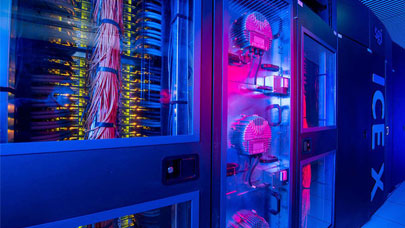By aggregating flash and DRAM memories between disks and processors, In-Memory Computing (IMC) platforms greatly reduce data access latency. As such, they are particularly well suited to computer centers facing the exponential growth of data-bases, be they structured or not. Everyone knows the primary determinant of this trend, at least from experience. But not until it is quantified precisely do we realize the full extent of this technological advancement. No less than 85% of HPC computing cycles are lost simply because the servers are waiting for data. The transition to IMC could therefore theoretically bring an energy ef-ficiency improvement on the order of 80% – nothing to sneeze at – to which a theoretical improvement in storage density by a factor of 40 can be added as a positive side effect.
Well-aware of the strategic importance of this technology, SGI just announced a strengthening of its partnership with SAP, another in-memory pioneer with SAP-HANA (High Performance An-alytic Appliance). The result is that the next generation of SGI UV systems based on SAP-HANA will be designed to take advantage of high-performance DRAM modules providing roughly 200 times the transfer rate of current flash memory for workloads of up to 64 TB. Combined with the company’s shared memory technology, it should lead to an unprecedented level of performance per node, with an estimated 50% reduction in management costs compared to multinode solutions. The first production units are expected to be demonstrated in June at the ISC and Teratec conferences, with commercial availability slated for 3rd quarter 2014.
© HPC Today 2024 - All rights reserved.
Thank you for reading HPC Today.































